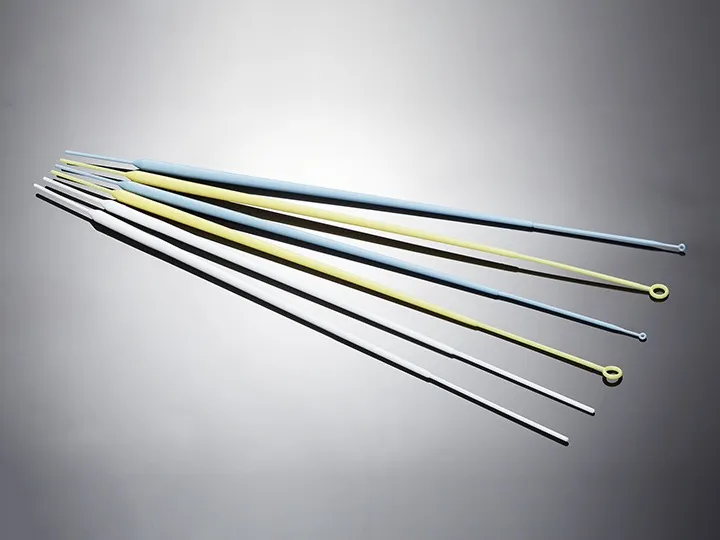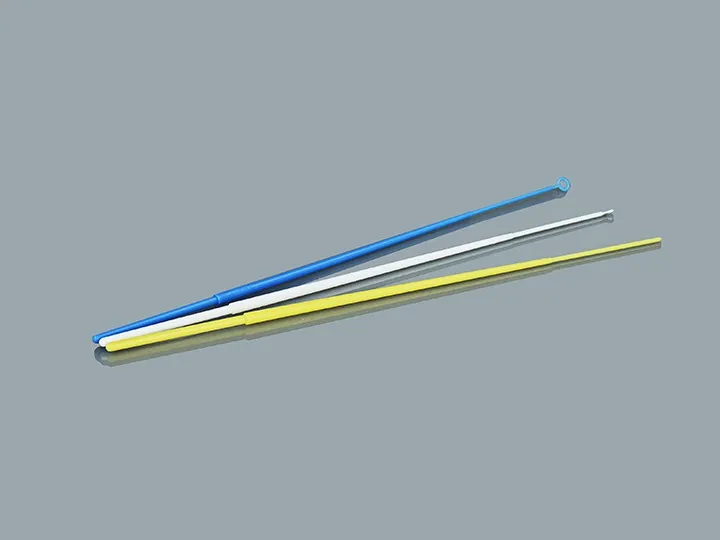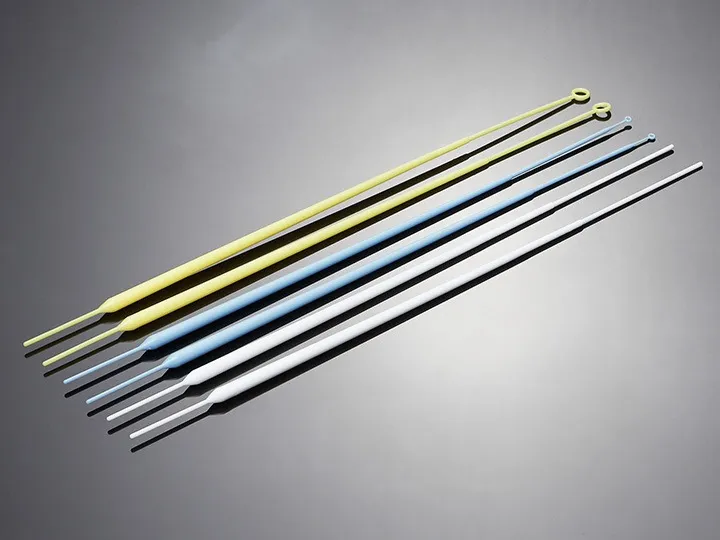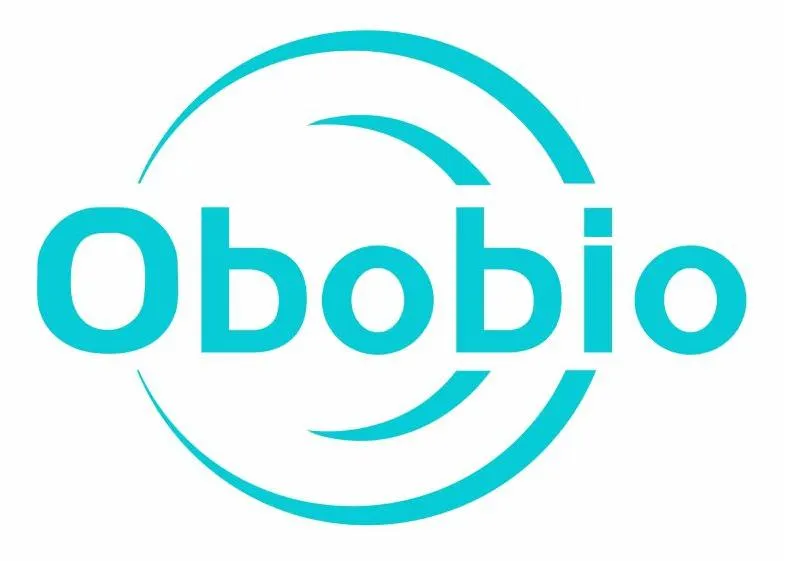Disposable inoculation loops are sterile, single-use laboratory tools made from medical-grade polystyrene plastic that transfer microorganisms safely between culture media without cross-contamination risks. These essential microbiology instruments eliminate the need for flame sterilization and reduce laboratory waste processing costs significantly.
Have you ever wondered how modern laboratories maintain perfect sterility while handling dangerous microorganisms?

Quick Reference: Disposable Inoculation Loop Market Overview
| Market Metric | 2024 Data | 2030 Projection |
|---|---|---|
| Market Size | $200 Million | $350 Million |
| Growth Rate (CAGR) | 5.8% – 6.5% | Sustained Growth |
| Primary Applications | Microbiology Labs | Biotechnology Labs |
| Key Advantage | 100% Sterile | Zero Cross-contamination |
| Cost Benefit | Reduces waste treatment by 40% | Eliminates sterilization costs |
Table of Contents
How Do Disposable Inoculation Loops Work?
Disposable inoculation loops function by using a smooth, flexible polystyrene loop to pick up precise amounts of microorganisms from culture plates. The sterile design ensures contamination-free transfers while the disposable nature eliminates time-consuming sterilization procedures completely.
These innovative laboratory tools work through a simple yet effective mechanism. First, the sterile loop picks up bacterial samples from culture media. Then, laboratory technicians transfer these samples to new growth media. Finally, after use, technicians dispose of the loop safely according to biohazard protocols.
Key Components of Disposable Inoculation Loops:
- Medical-grade polystyrene construction – Ensures biocompatibility and flexibility
- Gamma radiation sterilization – Guarantees 100% sterile conditions
- Ergonomic handle design – Provides comfortable grip and precise control
- Smooth loop surface – Prevents damage to agar surfaces during streaking
What Are the Main Types of Disposable Inoculation Loops?
Disposable inoculation loops come in three main varieties: standard loops for general sampling, needles for precise inoculation, and spreaders for uniform distribution. Each type serves specific laboratory functions with different loop sizes ranging from 1µL to 10µL capacity.
Standard Inoculation Loops
These versatile tools handle most routine microbiology tasks. Furthermore, they work perfectly for:
- Bacterial streak plating procedures
- Colony isolation techniques
- Sample transfer between media
- Quality control testing protocols
Inoculation Needles
Precision-designed needles offer enhanced accuracy for delicate work. Additionally, they excel in:
- Stab inoculation procedures
- Deep media penetration
- Anaerobic culture techniques
- Single-cell isolation methods
Inoculation Spreaders
Flat spreader designs ensure uniform sample distribution. Moreover, they’re ideal for:
- Lawn plating techniques
- Quantitative plating methods
- Surface sterilization procedures
- Even bacterial distribution

Why Choose Disposable Over Reusable Inoculation Loops?
Disposable inoculation loops eliminate cross-contamination risks by 100% compared to reusable metal loops, while reducing laboratory waste treatment costs by approximately 40%. They also eliminate flame sterilization time, increasing laboratory efficiency and worker safety significantly.
Safety Advantages:
- Zero cross-contamination risk – Each loop is sterile and single-use
- No flame sterilization needed – Eliminates burn injury possibilities
- Consistent sterility guarantee – Every loop undergoes gamma radiation treatment
- Reduced infection transmission – Minimizes pathogen spread between samples
Cost-Effectiveness Benefits:
- Lower waste treatment costs – Reduces cleaning and sterilization expenses
- Increased productivity – Eliminates sterilization waiting time
- Reduced equipment maintenance – No need for Bunsen burner maintenance
- Bulk purchasing savings – Volume discounts available for large orders
How to Properly Use Disposable Inoculation Loops?
Proper disposable inoculation loop technique involves removing the sterile loop from packaging, collecting samples with gentle pressure, transferring to target media using smooth motions, and disposing in biohazard containers. This process ensures optimal results while maintaining laboratory safety standards.
Step-by-Step Usage Protocol:
- Preparation Phase
- Remove loop from sterile packaging carefully
- Inspect for damage or contamination signs
- Prepare target culture media appropriately
- Sample Collection
- Touch loop gently to bacterial colony
- Avoid excessive pressure on agar surface
- Collect appropriate sample amount for testing
- Transfer Process
- Move loop smoothly to target medium
- Use proper streaking technique patterns
- Maintain sterile conditions throughout procedure
- Disposal Protocol
- Place used loop in biohazard container
- Follow laboratory waste management guidelines
- Document usage for inventory tracking

What Industries Benefit Most from Disposable Inoculation Loops?
Pharmaceutical, biotechnology, food safety, and clinical diagnostic laboratories represent the primary markets for disposable inoculation loops. These industries require consistent sterility standards and efficient workflow processes that disposable loops provide effectively.
Pharmaceutical Industry Applications:
- Drug quality control testing
- Antibiotic sensitivity assays
- Sterility testing protocols
- Contamination detection procedures
Biotechnology Sector Uses:
- Cell culture maintenance
- Genetic engineering applications
- Fermentation process monitoring
- Research and development projects
Food Safety Testing:
- Pathogen detection procedures
- Shelf-life stability testing
- Contamination source identification
- Regulatory compliance verification
Clinical Laboratory Functions:
- Patient sample processing
- Diagnostic culture work
- Antibiogram testing procedures
- Infection control protocols
What Common Problems Do Disposable Inoculation Loops Solve?
Disposable inoculation loops solve major laboratory challenges including cross-contamination between samples, time-consuming sterilization procedures, inconsistent loop performance, and high waste treatment costs. These solutions improve laboratory efficiency while maintaining the highest safety standards.
Cross-Contamination Prevention:
Traditional reusable loops risk carrying contaminants between samples. However, disposable loops eliminate this concern completely. Each sterile loop ensures pure sample transfers every time.
Time Management Efficiency:
Flame sterilization requires significant time between sample transfers. Conversely, disposable loops allow immediate consecutive sampling. This efficiency boost increases laboratory productivity substantially.
Consistent Performance Standards:
Metal loops degrade over time from repeated sterilization cycles. In contrast, disposable loops maintain consistent performance characteristics. Every loop performs identically to laboratory specifications.
Cost Control Benefits:
Waste treatment and sterilization create ongoing operational expenses. Nevertheless, disposable loops reduce these costs significantly. They eliminate cleaning, sterilization, and maintenance requirements completely.
How to Select the Right Disposable Inoculation Loop Supplier?
Choosing the right disposable inoculation loop supplier requires evaluating quality certifications, sterility guarantees, bulk pricing options, and customer support services. Reputable suppliers like OBO Biology provide comprehensive solutions with proven track records in laboratory supply.
Quality Assurance Factors:
- ISO certification standards – Ensures manufacturing quality consistency
- Gamma sterilization verification – Confirms sterility effectiveness
- Batch testing documentation – Provides quality control evidence
- Regulatory compliance records – Meets industry safety requirements
Supplier Selection Criteria:
- Product range variety – Offers comprehensive loop type options
- Competitive pricing structure – Provides cost-effective solutions
- Reliable delivery schedules – Ensures consistent inventory supply
- Technical support availability – Offers expert guidance when needed
What Are Current Market Trends for Disposable Inoculation Loops?
The disposable inoculation loop market shows strong growth with 5.8-6.5% CAGR through 2030, driven by increased laboratory safety requirements and biotechnology expansion. Market size projects to reach $350 million by 2030, indicating robust industry demand.
Growth Driving Factors:
- Increased laboratory safety awareness – Promotes disposable equipment adoption
- Biotechnology industry expansion – Creates higher demand for sterile tools
- Regulatory compliance requirements – Mandates consistent sterility standards
- Cost-effectiveness recognition – Demonstrates long-term financial benefits
Innovation Trends:
- Enhanced ergonomic designs – Improves user comfort and precision
- Eco-friendly material options – Addresses environmental sustainability concerns
- Color-coded identification systems – Reduces mix-up possibilities
- Improved packaging solutions – Maintains sterility during storage

Frequently Asked Questions About Disposable Inoculation Loops
How long do disposable inoculation loops stay sterile?
Disposable inoculation loops maintain sterility indefinitely when stored properly in original packaging under normal laboratory conditions. The gamma sterilization process ensures complete sterility until package opening.
Proper storage conditions include room temperature environments with low humidity levels. Additionally, avoid direct sunlight exposure and extreme temperature fluctuations. Most manufacturers guarantee sterility for several years when stored correctly.
Can disposable inoculation loops be autoclaved for reuse?
Disposable inoculation loops should never be autoclaved or reused because the polystyrene material degrades under high-temperature sterilization. This degradation compromises loop integrity and potentially releases harmful chemicals.
The single-use design ensures optimal performance and safety standards. Furthermore, attempting to sterilize disposable loops violates laboratory safety protocols. Always dispose of used loops according to biohazard waste guidelines.
What sizes are available for disposable inoculation loops?
Disposable inoculation loops typically come in 1µL, 5µL, and 10µL capacities to accommodate different sampling requirements. Each size serves specific laboratory applications with varying sample volume needs.
Smaller 1µL loops work perfectly for precision sampling tasks. Meanwhile, 5µL loops handle standard microbiology procedures effectively. Finally, 10µL loops accommodate larger sample transfers when needed.
How much do disposable inoculation loops cost compared to reusable ones?
Disposable inoculation loops cost approximately $0.10-$0.25 per unit, while reusable metal loops cost $15-$30 initially but require ongoing sterilization expenses. Long-term costs favor disposable loops when considering time, utilities, and waste treatment.
The initial investment in reusable loops seems lower. However, sterilization costs, replacement needs, and labor time make disposable loops more economical. Most laboratories report 20-40% cost savings with disposable options.
Are disposable inoculation loops environmentally friendly?
Modern disposable inoculation loops use recyclable polystyrene materials and generate less environmental impact than reusable loops when considering sterilization energy consumption and waste treatment processes.
Many manufacturers now offer biodegradable alternatives made from plant-based plastics. Additionally, the reduced energy consumption from eliminated sterilization processes contributes to environmental sustainability. Proper disposal through medical waste programs ensures responsible environmental management.
Conclusion: Why Disposable Inoculation Loops Are Essential for Modern Laboratories
Disposable inoculation loops represent a crucial advancement in laboratory safety and efficiency. These sterile, single-use tools eliminate cross-contamination risks while reducing operational costs significantly. With the market growing at 5.8-6.5% annually, laboratories worldwide recognize their value.
Key benefits include:
- 100% sterility guarantee through gamma radiation treatment
- Eliminated cross-contamination risks between samples
- Reduced operational costs by 20-40% over time
- Increased productivity through eliminated sterilization time
- Enhanced safety standards for laboratory personnel
As laboratory requirements become increasingly stringent, disposable inoculation loops provide the reliability and consistency modern facilities demand. Whether you’re running pharmaceutical quality control, biotechnology research, or clinical diagnostics, these essential tools ensure optimal results every time.
For laboratories seeking reliable, cost-effective solutions, disposable inoculation loops offer the perfect balance of safety, efficiency, and performance. Contact OBO Biology today to discover how our premium disposable inoculation loops can enhance your laboratory operations while maintaining the highest quality standards.
Ready to upgrade your laboratory equipment? Visit OBO Biology for comprehensive disposable inoculation loop solutions tailored to your specific needs.
🔐 Privacy respected. No spam. Ever.
